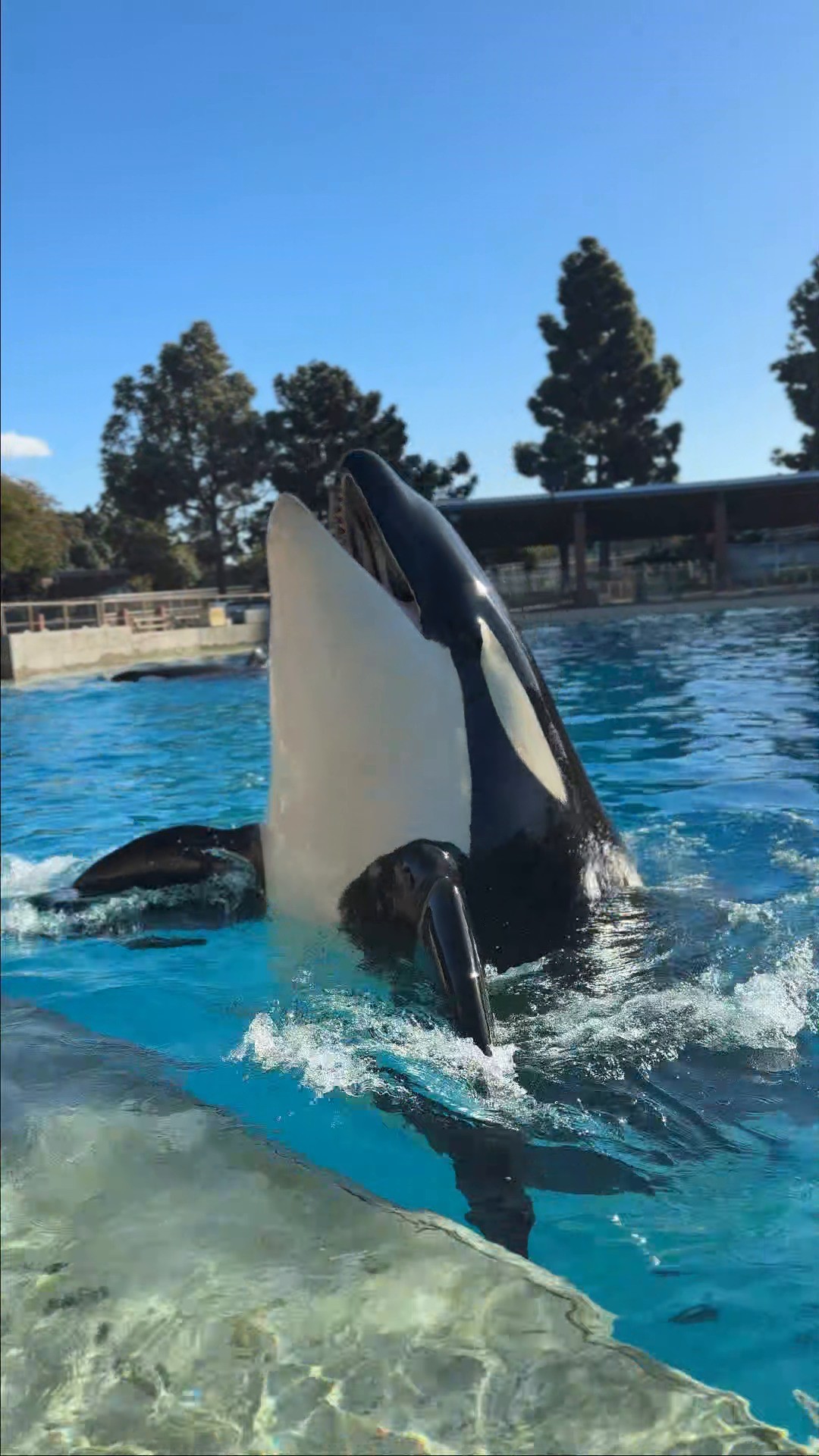- Introduction to Punxsutawney Phil and the concept of additional animal ambassadors
- Insights into the life of Keet and her significance
- Detailed overview of zoo management practices for animal welfare
- The role of zoos in wildlife conservation and education
- Benefits and challenges of human-animal interactions in controlled environments
Groundhog Day, a tradition marked by Punxsutawney Phil emerging from his burrow, has captured public imagination for years. However, Phil is not the only animal captivating audiences today. This day also celebrates another fascinating creature—Keet, an animal ambassador whose role extends beyond seasonal predictions. Understanding the significance of these iconic animals requires an exploration into the broader context of zoology and wildlife conservation.
Keet, often overshadowed by the famous Phil, has her own story worth telling. Born in a zoo, this vibrant animal plays a crucial role in educating the public about her species. Her presence at the zoo highlights the importance of wildlife conservation and the need to engage the public in environmental stewardship. Keet’s life in captivity is a testament to the advanced practices of zoo management that focus on animal health, welfare, and preservation.
Zoo management involves a multifaceted approach to ensuring the well-being of animals like Keet. It encompasses habitat design, nutritional plans, veterinary care, and behavioral enrichment. The ultimate goal is to mimic natural conditions as closely as possible while providing opportunities for social interaction, exploration, and the expression of natural behaviors. A well-managed zoo actively contributes to the conservation of threatened species through captive breeding programs and research initiatives.
Keet’s role also extends to advocacy for wildlife conservation. Zoos have evolved from mere exhibition spaces to centers for conservation, research, and education. They are instrumental in raising awareness about biodiversity loss and the threats facing various species. Through educational programs and interactive displays, zoos communicate important conservation messages to visitors. Keet, as an animal ambassador, helps bridge the gap between humans and the natural world, fostering a deeper understanding and appreciation for wildlife.
One of the significant challenges in zoo environments is balancing human-animal interactions with the welfare needs of the animals. While direct interaction can be educational, it is vital that such encounters prioritize the animals’ comfort and safety. This requires a careful monitoring system to assess the impact of human presence on animal behavior and stress levels. When handled correctly, these interactions can benefit both animals and visitors, promoting empathy and care for the natural world.
Through the stories of Punxsutawney Phil and Keet, we see the enduring importance of animals in shaping human culture and understanding of the natural world. They invite us to reflect on our relationship with nature and the role we play in protecting it. As attractions and educators, these animal ambassadors remind us of the intricate connections between humans and wildlife, urging us to act as stewards of the environment.
In conclusion, both Punxsutawney Phil and Keet embody the evolving role of animals in public consciousness and education. As we celebrate these fascinating creatures, we are reminded of the broader responsibilities we hold towards wildlife conservation and the preservation of our planet’s biodiversity. Let us appreciate not only the delightful traditions these animals represent but also the critical conservation messages they help disseminate.
*****
Source Description
Punxsutawney Phil isn’t the only one popping up today!
We hope you’ll join us in wishing a happy birthday to the one and only Keet! 🖤🤍🖤


